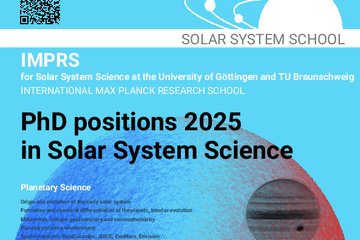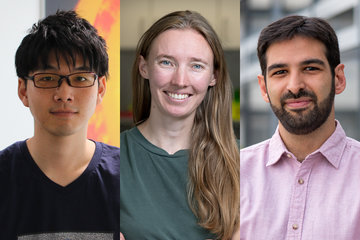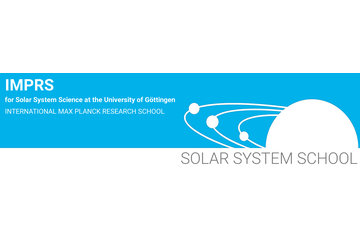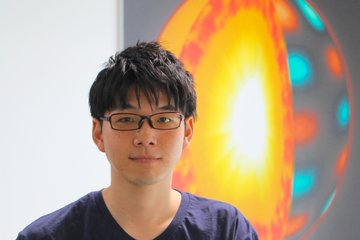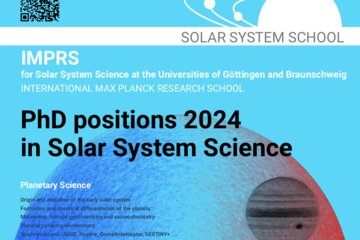Tackling Brightness Variations of Stubborn Stars
Eliana Amazo Gómez receives her doctorate as the 200th graduate of the “Solar System School”.
The International Max Planck Research School (IMPRS) for Solar System Science at the University of Göttingen has reached a milestone: With Eliana Amazo Gómez, the 200th doctoral student of the IMPRS has now defended her doctoral thesis and thus successfully completed her PhD. In her thesis, the 33-year-old Colombian scientist developed a new method of deducing the rotational period of stars from their brightness fluctuations. In this way, she was able to determine how fast hundreds of stars rotate for the first time. With her work, Eliana Amazo Gómez has also made a significant contribution to a surprising scientific discovery from earlier this year: the Sun is significantly less active than solar-like stars that rotate at a comparable speed. The IMPRS for Solar System Science at the University of Göttingen is a joint project of the Max Planck Institute for Solar System Research (MPS) and the University of Göttingen.

Some stars are stubborn. Even after years of observations by space telescopes such as TESS or Kepler, they do not reveal how fast they rotate around their own axis. A star’s rotational speed is an important quantity that effects the variability and strength of its magnetic fields, which in turn are responsible for several stellar phenomena such as X-ray emissions. "The magnetic fields of a star are generated deep within its interior in a dynamo process," explains Eliana Amazo Gómez. "The star's rotation is a crucial ingredient in this process," she adds. The goal of her doctoral thesis, which she completed in the research group "Connecting Solar and Stellar Variabilities (SOLVe)" at MPS, was therefore to disclose the rotational properties even of such stubborn stars.
Unlike the Sun, it is not possible to observe the rotation of stars directly. They are too far away; even high-resolution telescopes cannot resolve structures and movements on their surface. In the case of more compliant star, scientists can deduce the rotational period from how the star's brightness changes with time. "Many stars have spots, dark areas on their surface, much like the sunspots on the Sun," explains Eliana Amazo Gómez. Such spots darken the star so that it shines less brightly than usual. When the spot, along with the star's surface, rotates out of the observer's field of view and reappears after a full stellar rotation, this leads to regularly recurring changes in the star's brightness.
However, this approach does not always work. The brightness of some stars varies only marginally or starspots emerge and decay before a full rotation is completed. In her doctoral thesis, Eliana Amazo Gómez was able to show that even in these tricky cases, information about the rotational speed is hidden in the brightness variations. A close look at the high-frequency fluctuations is crucial.
The new method has proven its worth both in model calculations and in the evaluation of observational data from the Kepler space telescope. "With the help of this method, we can now obtain a much more complete picture of the rotational properties of entire stellar populations," says Dr. Alexander Shapiro, who heads the research group "Connecting Solar and Stellar Variabilities" and who supervised Eliana Amazo Gómez during her doctoral thesis.
Eliana Amazo Gómez’ work was also an important prerequisite for a scientific publication from earlier this year. In it, MPS researchers were able to show that in comparison to other stars, the Sun is rather quiet: many stars rotating at comparable speeds are significantly more active. "For the first time, we were able to compare the Sun with stars that resemble it in key properties," the researcher summarizes. "Only within this meaningful comparison group can the Sun’s behavior be classified and evaluated correctly", she adds.
Eliana Amazo Gómez studied physics at the National University of Colombia and at the Ludwig-Maximilians-Universität in Munich, where she specialized in astrophysics. In 2016 she started her PhD at MPS within the framework of the IMPRS for Solar System Science at the University of Göttingen.



